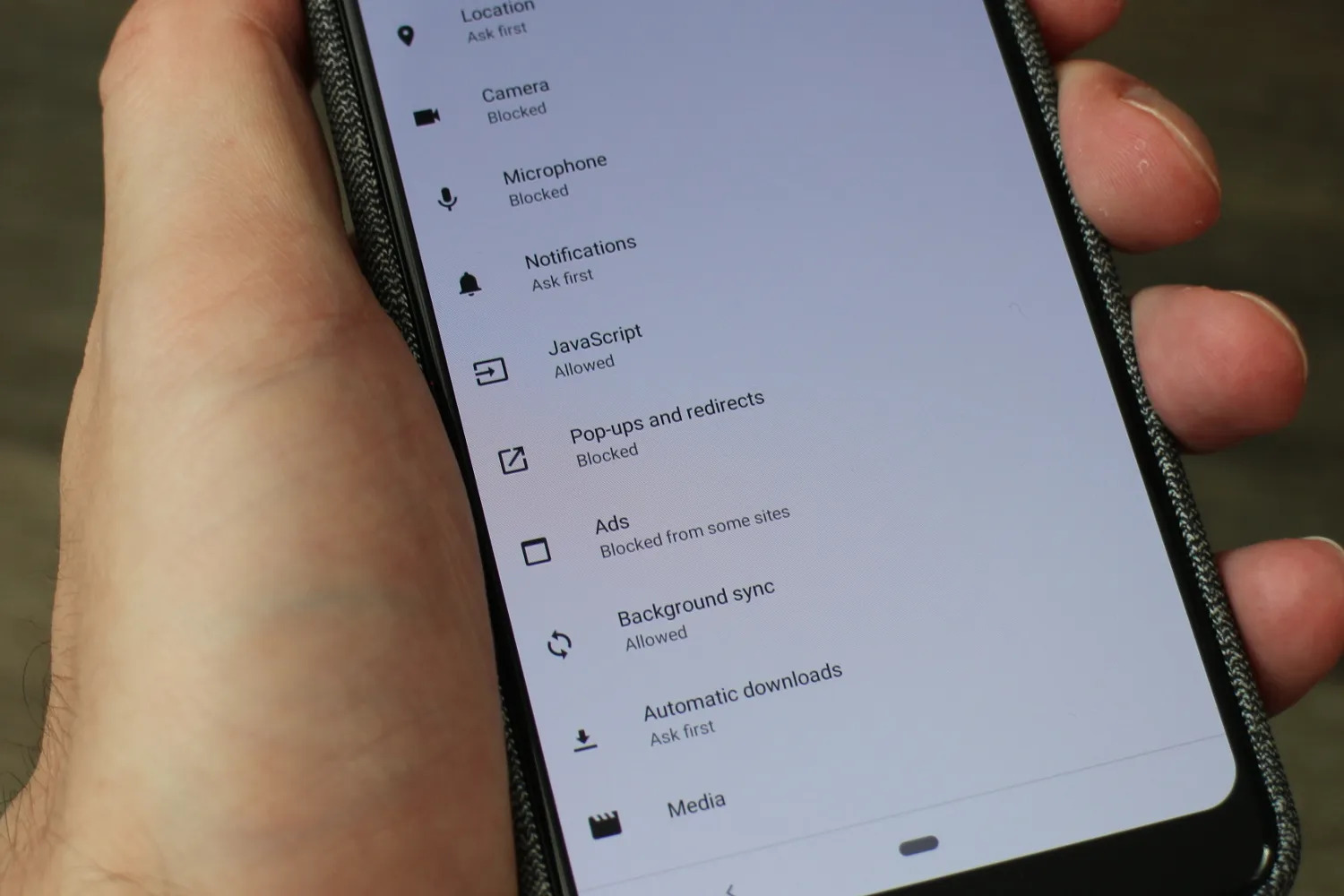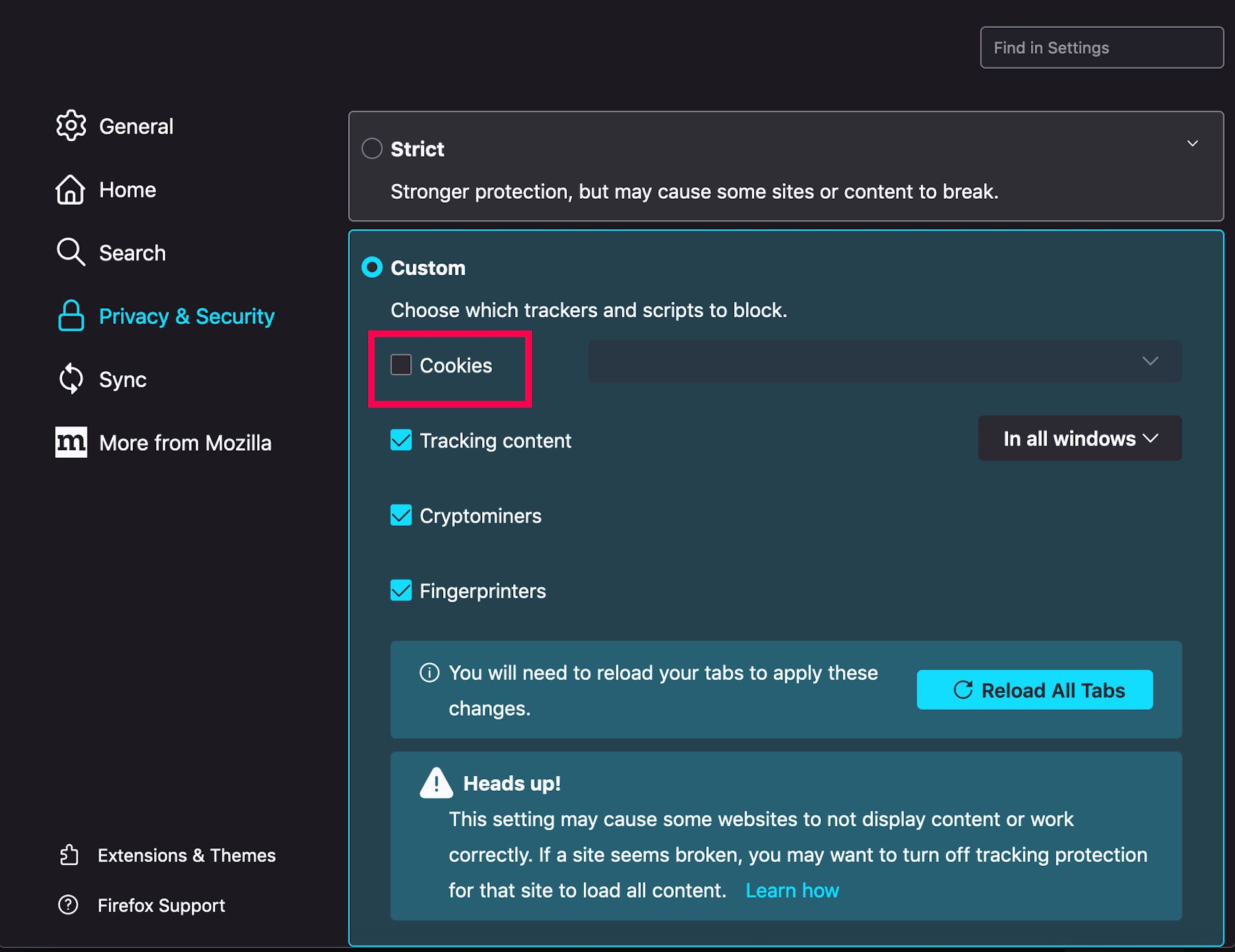Introduction
Blocking specific websites on your Chrome browser can be a valuable tool for maintaining focus, enhancing productivity, and ensuring a safe browsing experience. Whether you want to limit access to distracting sites during work hours or prevent children from visiting inappropriate content, knowing how to block a site on Chrome for Android can be incredibly beneficial.
In this article, we will explore two effective methods for achieving this goal. The first method involves utilizing Chrome's built-in site blocking feature, which provides a straightforward and convenient way to restrict access to specific websites directly within the browser. The second method entails using a third-party app or extension, offering additional customization and control over site blocking capabilities.
By understanding and implementing these methods, you can tailor your browsing experience to align with your preferences and priorities. Whether you seek to boost productivity, manage screen time, or create a safer online environment, the ability to block sites on Chrome for Android empowers you to curate a browsing experience that suits your needs.
Let's delve into the details of each method, exploring the step-by-step processes and highlighting the unique benefits and considerations associated with each approach. Whether you're a professional striving for peak productivity or a parent aiming to foster a secure online environment for your children, mastering the art of site blocking on Chrome for Android can be a game-changer in optimizing your digital experience.
Method 1: Using Chrome's Built-in Site Blocking Feature
One of the most convenient and straightforward ways to block specific websites on Chrome for Android is by leveraging the browser's built-in site blocking feature. This native functionality empowers users to restrict access to designated websites directly within the Chrome browser, providing a seamless and integrated solution for managing browsing habits.
Step-by-Step Guide:
-
Accessing Site Settings:
- To initiate the process, open the Chrome browser on your Android device and navigate to the website you wish to block. Once on the site, tap the three-dot menu icon located in the top-right corner of the browser window to reveal the menu options.
-
Selecting Site Settings:
- Within the menu, locate and tap on the "Site settings" option. This action will direct you to a screen where you can manage various settings related to the specific website you are currently visiting.
-
Blocking Site Permissions:
- Upon entering the Site settings, scroll down to find the "Permissions" section. Here, you will have the option to block specific permissions for the website, including access to the camera, microphone, and location. To block the site entirely, tap on the "Block" option next to the "Location" setting.
-
Confirming the Block:
- After selecting the "Block" option, a confirmation prompt may appear, asking you to confirm the site block. Simply confirm the action, and Chrome will proceed to block the website, preventing further access from your device.
Benefits and Considerations:
-
Simplicity and Integration:
- Chrome's built-in site blocking feature offers a user-friendly and integrated solution, allowing you to manage site access directly within the browser without the need for additional apps or extensions.
-
Focused Browsing Experience:
- By blocking distracting or time-consuming websites, you can create a more focused and productive browsing environment, enabling you to stay on track with your tasks and goals.
-
Individual Site Control:
- This method provides the flexibility to block specific websites based on your preferences, allowing you to tailor your browsing experience to align with your priorities.
-
Limited Customization:
- While Chrome's native site blocking feature is convenient, it may have limitations in terms of advanced customization options compared to third-party solutions.
By utilizing Chrome's built-in site blocking feature, you can effectively regulate your browsing habits and cultivate a digital environment that supports your productivity and well-being. This method serves as a foundational tool for managing site access on Chrome for Android, offering a seamless and accessible approach to site blocking.
Method 2: Using a Third-Party App or Extension
When it comes to blocking websites on Chrome for Android, utilizing a third-party app or extension can provide additional flexibility and advanced features for managing site access. While Chrome's built-in site blocking feature offers convenience and integration, third-party solutions offer a more comprehensive approach to customizing and controlling website restrictions.
Step-by-Step Guide:
-
Exploring Third-Party Options:
- Begin by exploring the Google Play Store for reputable third-party apps or extensions designed to block websites on Chrome for Android. Look for solutions with positive reviews and a track record of reliability and effectiveness.
-
Installing the App or Extension:
- Once you have identified a suitable third-party app or extension, proceed to download and install it on your Android device. Follow the installation instructions provided by the app or extension developer to ensure a successful setup.
-
Configuring Site Blocking Settings:
- After installing the app or extension, launch the application or access its settings within the Chrome browser. Navigate to the site blocking or website restriction section to configure your preferences.
-
Customizing Blocked Websites:
- Within the app or extension settings, you will typically find options to add specific websites to a block list. Enter the URLs of the websites you wish to block, and customize any additional settings or parameters according to your preferences.
-
Activating Site Blocking:
- Once you have configured the block list and customized the settings, activate the site blocking feature within the app or extension. This action will enforce the restrictions you have set, preventing access to the designated websites while browsing on Chrome for Android.
Benefits and Considerations:
-
Enhanced Customization:
- Third-party apps or extensions often offer a wider range of customization options, allowing you to fine-tune site blocking settings based on your specific requirements.
-
Advanced Features:
- Many third-party solutions provide additional features such as scheduling site access restrictions, setting up password-protected blocks, and accessing usage statistics, offering a more comprehensive approach to website management.
-
Cross-Platform Compatibility:
- Some third-party solutions may offer cross-platform compatibility, allowing you to synchronize site blocking settings across multiple devices and browsers for a seamless browsing experience.
-
Dependency on External Solutions:
- While third-party apps or extensions offer advanced features, they may introduce a level of dependency on external developers and platforms, requiring periodic updates and maintenance.
By leveraging a reputable third-party app or extension, you can elevate your ability to control and manage website access on Chrome for Android. These solutions empower you with advanced customization options and additional features, enabling you to curate a browsing experience that aligns with your unique preferences and priorities.
Conclusion
In conclusion, the ability to block websites on Chrome for Android presents a valuable opportunity to tailor your browsing experience according to your specific needs and preferences. Whether you seek to enhance productivity, manage screen time, or create a safer online environment, mastering the art of site blocking empowers you to curate a digital space that aligns with your priorities.
By exploring the two methods outlined in this article, you have gained insights into the diverse approaches available for blocking websites on Chrome for Android. Chrome's built-in site blocking feature offers a seamless and integrated solution, allowing you to manage site access directly within the browser. This method provides simplicity and convenience, enabling you to block specific websites and create a more focused browsing environment. However, it may have limitations in terms of advanced customization options compared to third-party solutions.
On the other hand, utilizing a reputable third-party app or extension introduces enhanced customization and advanced features, offering a more comprehensive approach to website management. These solutions empower you with the flexibility to fine-tune site blocking settings, access additional features such as scheduling restrictions and usage statistics, and potentially synchronize settings across multiple devices and browsers. While they offer advanced capabilities, they may introduce a level of dependency on external developers and platforms, requiring periodic updates and maintenance.
Ultimately, the choice between Chrome's built-in site blocking feature and third-party solutions depends on your specific requirements and the level of control you seek over website restrictions. Whether you opt for the integrated simplicity of Chrome's native feature or the advanced capabilities of a third-party solution, the overarching goal remains the same: to create a browsing environment that supports your productivity, well-being, and online safety.
As you navigate the digital landscape, consider the unique benefits and considerations associated with each method, and tailor your approach to site blocking based on your individual preferences. By leveraging the tools and insights provided in this article, you are equipped to make informed decisions and take proactive steps in shaping a browsing experience that reflects your values and goals. Embracing the power to block websites on Chrome for Android empowers you to reclaim control over your digital journey and cultivate a space that resonates with your aspirations and priorities.









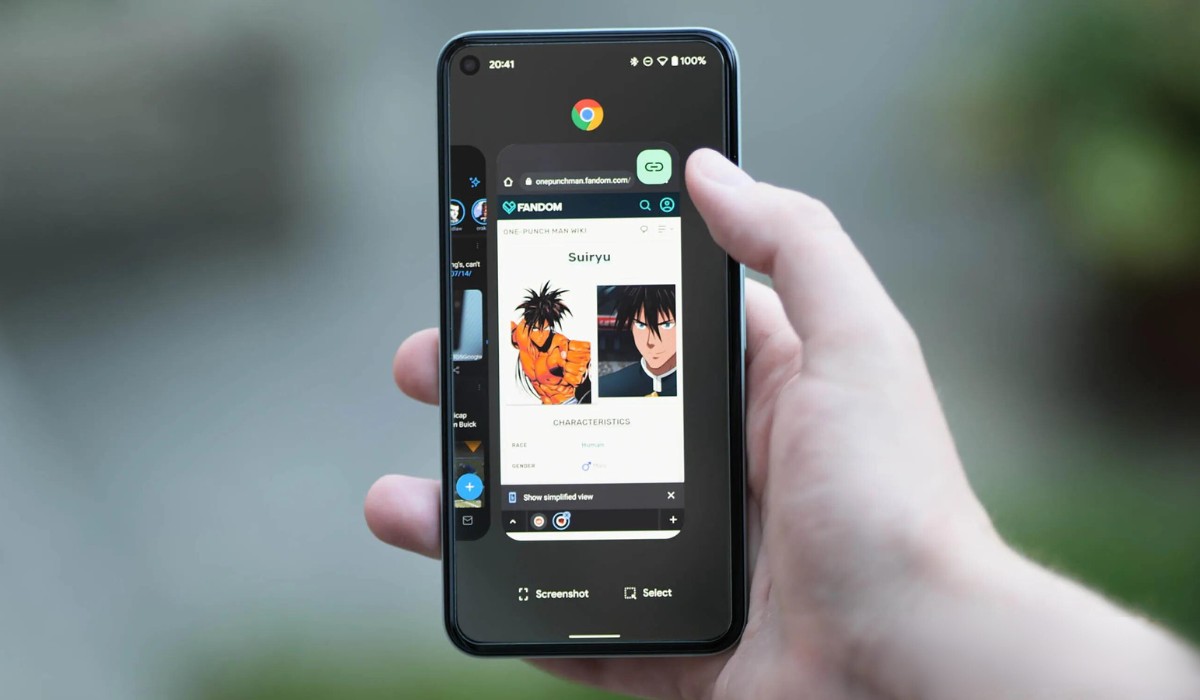
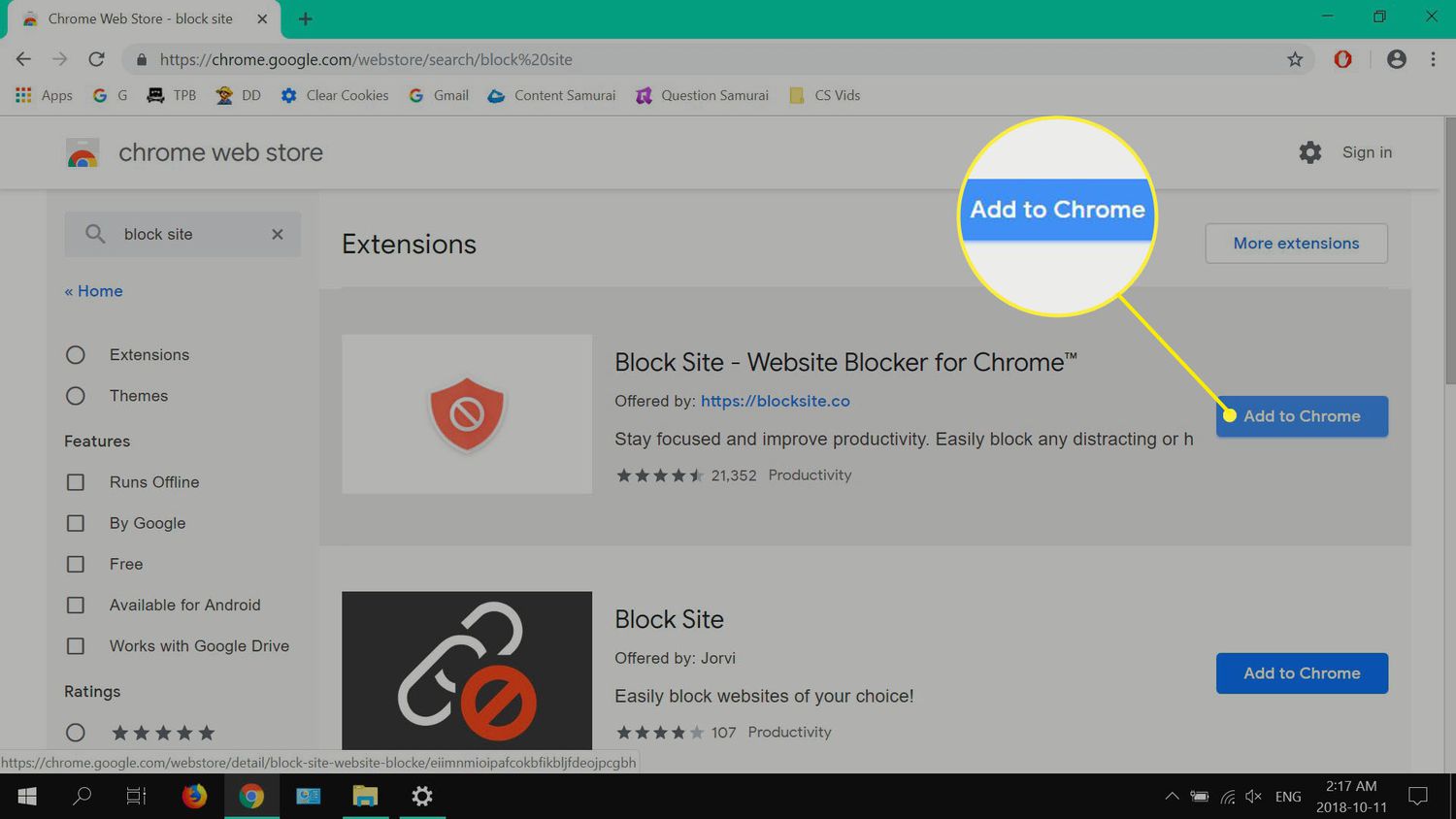
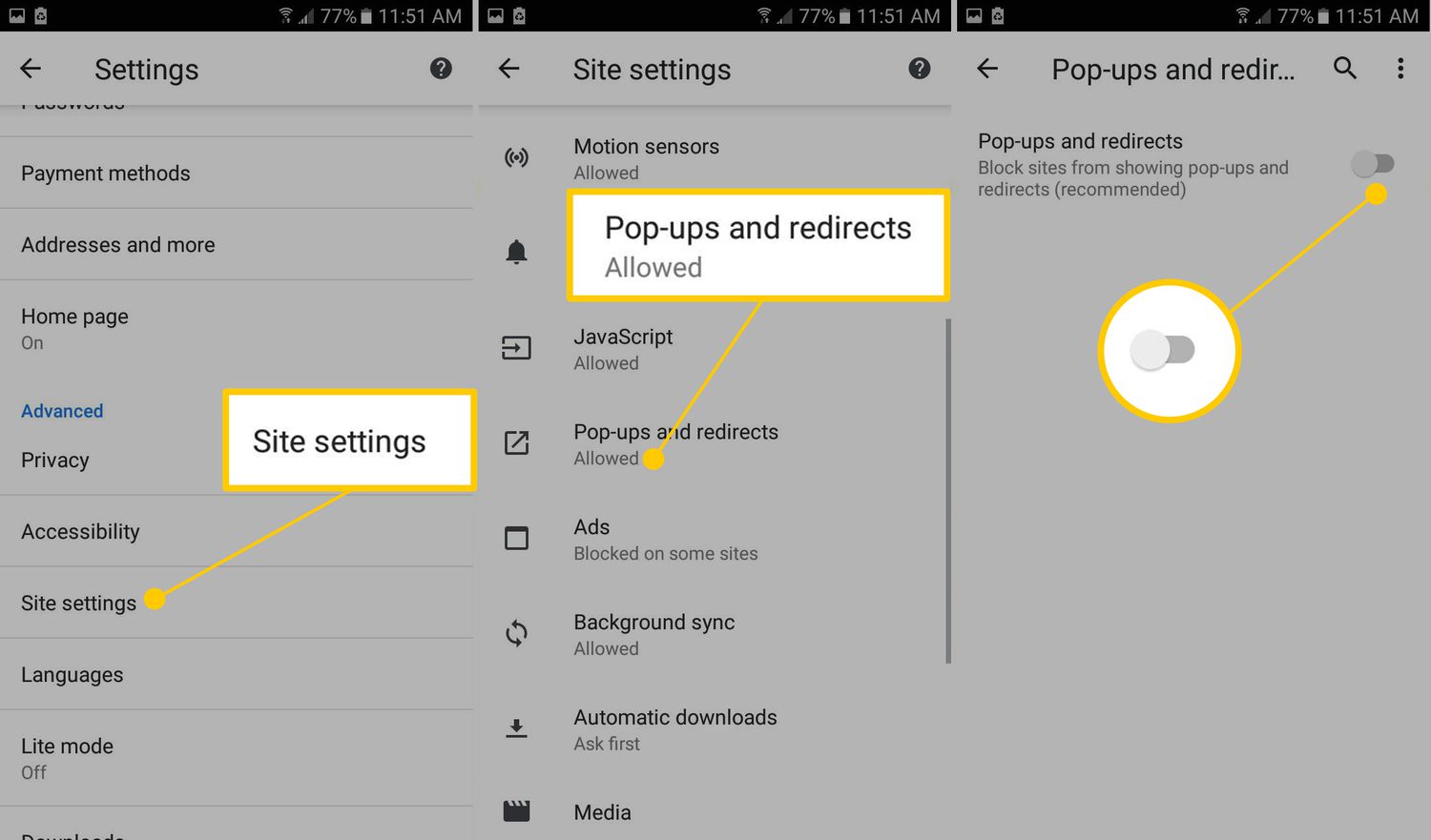
![20 Best Productivity Apps to Get Things Done [PC & Mac]](https://robots.net/wp-content/uploads/2020/05/write-593333_1920-300x177.jpg)

